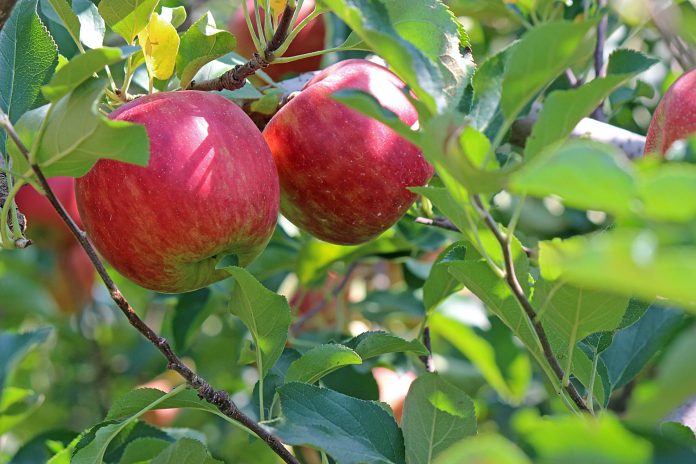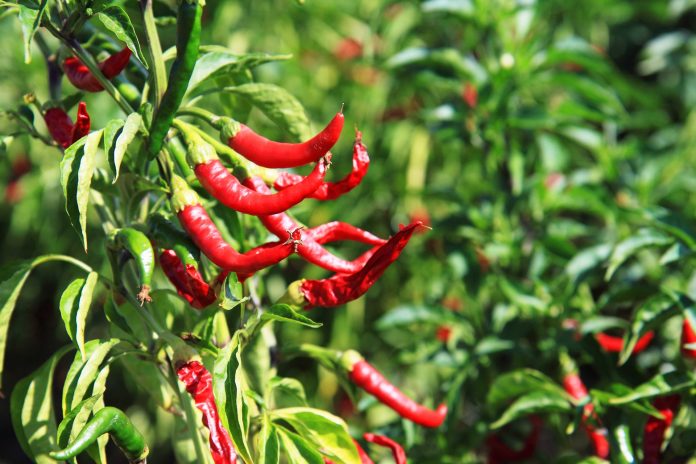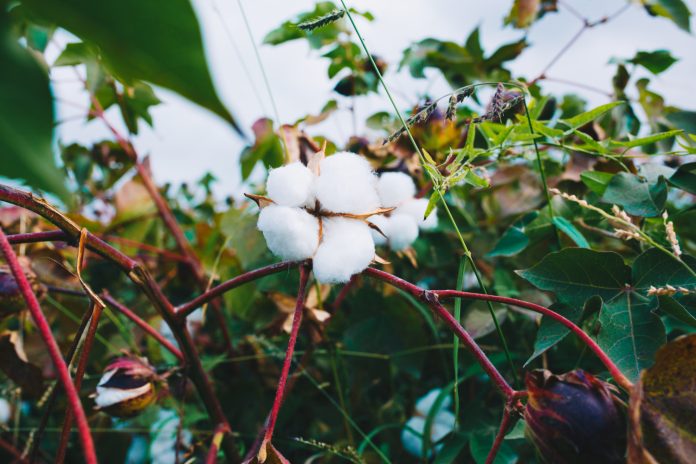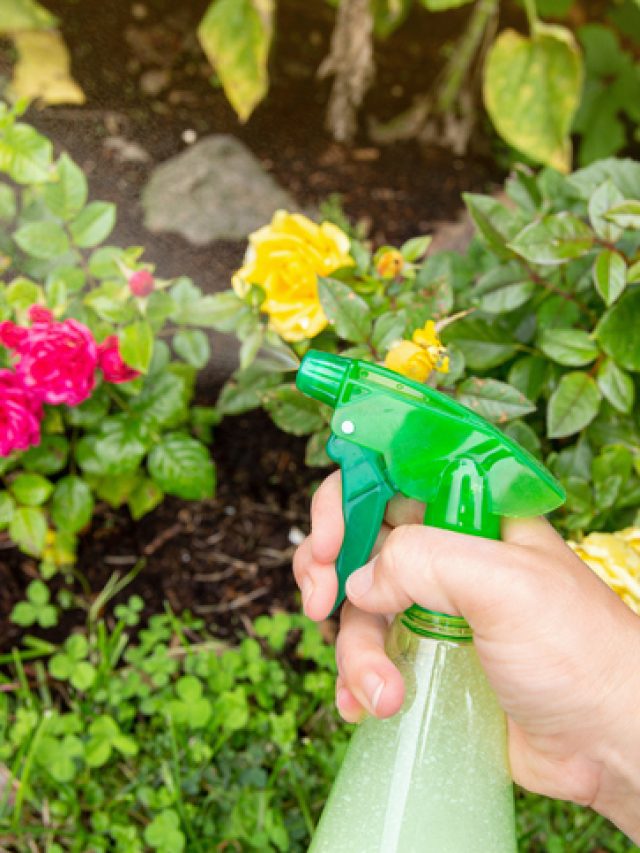Fisheries and Aquaculture Infrastructure Development Fund (FIDF) was set up by the Department of Fisheries (DOF), Ministry of Fisheries, Animal Husbandry & Dairying, Government of India in the year 2018 -19 which envisages on creation of Fisheries infrastructure facility both in marine and inland fisheries sector and augment the fish production to achieve the target of 15 million tonnes by 2020 set under the Blue Revolution.
The main reasons behind developing FIDF scheme are;
- Limited availability of funds through normal budgetary process
- Lack of visible credit funding in fisheries sector
- To bridge the large gaps in fisheries infrastructure
Scheme Overview:
- Scheme Name: Fisheries and Aquaculture Infrastructure Development Fund (FIDF)
- Scheme Implemented year: 2018 – 19
- Scheme Fund allocated: 7522.48 Crore
- Type of Government Scheme: Government of India
- Type of Sector Scheme: Ministry of Fisheries, Animal Husbandry and Dairying
- Website to apply: https://www.fidf.in/
- Helpline No: 1800-425-1660 (Toll free)
Features of Fisheries and Aquaculture Infrastructure Development Fund (FIDF):
| Category | Remarks |
| Implementing Agency | National Fisheries Development Board (NFDB), Hyderabad |
| Employment Opportunities | >9.40 lakh fishers/fishermen/fisher folks and other entrepreneurs in fishing and allied activities |
| Target | Aims to achieve 8 – 9% sustainable growth in fish production achieve a target of 20 million tonnes by 2022 – 23 |
| Nodal Loaning Agencies |
|
| Lending Period | 5 years (Started from 2018 – 19 to 2022 – 23) |
| Eligible Entities (EEs) |
|
| Quantum of Loan | 80% of unit cost as loan amount on bankable projects |
| Interest Subvention | Upto 3% per annum for all Eligible Entities (EEs) for development of identified fisheries-based on infrastructure facilities |
| Lending Rate of Interest | Not less than 5% per annum for all Eligible Entities (EEs) for the development of identified fisheries-based infrastructure facilities |
| Maximum Repayment Period | 12 years (Including Moratorium of 2 years) |
| Estimated Fund Size
(Rs. 7522.48 Crore) |
Rs. 5266.40 crore by Nodal Loaning Entities (NLEs) |
| Rs. 1346.6 crore through beneficiary’s contribution | |
| Rs. 939.48 crore from Government of India |
Objectives of Fisheries and Aquaculture Infrastructure Development Fund (FIDF):
- To Create and Modernize capture and culture fisheries infrastructure
- Creation of Marine Aquaculture Infrastructure
- Creation and modernization of Inland Fisheries Infrastructure
- To bring down post-harvest losses and improve domestic marketing facilities through infrastructure support
- To bridge the gap between resources and facilitate completion of ongoing infrastructure projects
Latest News about the scheme:
Department of fisheries accorded approvals to 110 proposals in total of which a total outlay of Rs. 5285.45 crore is allocated for creation of various fisheries infrastructure.
How to Apply:
Beneficiaries can directly apply online through FIDH portal for all types of entities, online processing and approval of FIDF applications.
The following steps will guide you on how to register in FIDF Scheme:
- Type www.fidf.in in the browser address bar and click enter
- You will then get FIDF portal. Then, Click on Apply/Login given on the top right corner of the page. On clicking, the login page will be loaded
- Click on ‘Register’ given on top right corner of the page if you are a new user
- Fill in the details mentioned in the form which includes your basic details and Login credentials and finally click on Register
- Then, enter your username and password and click on login option
- Fill the details given in the application which includes Detailed Project Report (DPR) with Cost Estimates, Layout drawings, Quotations machineries, equipment, Land Details, Economics, Bank Details, etc.
- Submit the application by attaching the relevant documents pertaining to the activity selected
- Hardcopies of DPR has to be sent to: Joint Secretary (Fisheries), Department of Fisheries, Ministry of Fisheries, Animal Husbandry & Dairying, Krishi Bhawan, New Delhi-110001.
- Another DPR Copy has to be sent to: The Chief Executive, National Fisheries Development Board, Department of Fisheries, Ministry of Fisheries, Animal Husbandry & Dairying, Pillar:235, PVNR Expressway, Hyderabad-500052.
(NOTE: – NFDB will scrutinize the submitted applications and will recommend to Central Approval and Monitoring Committee (CAMC) for approval. CAMC will accord approval for grant of interest subvention and recommend such proposals for bank loans. Banks will sanction loan according to the Bank norms I.e., upto 3% interest subvention)
Documents Required for Fisheries and Aquaculture Infrastructure Development Fund (FIDF):
- Detailed Project Proposal (DPR)
- Land Document (Own/Lease for 10 years)
- Declaration form for not availing similar subsidy/assistance for any activity of entrepreneur model or sub-activities there under from any government scheme or government agency
- Copy of Aadhaar card of individual (Self – attested)
- Copy of bank account details on the name of the applicant (Self – attested)
- Detailed cost estimates
- Engineering drawings and layout
- Quotations for all the machinery and equipment
Conclusion:
FIDF aims to provide concessional finance to the State Governments/Union Territories, State entities, cooperatives, individual entrepreneurs for the development of fisheries infrastructure facilities both in inland and marine fisheries sector. The infrastructure facilities will be funded under the FIDF which will broadly cover development of fishing harbours/fish landing centres, fish seed farms, fish feed mills, cage culture in reservoirs, mariculture activities, introduction of deep-sea fishing vessels, disease diagnostic setting up and aquatic quarantine facilities, creation of cold chain infrastructure facilities such as ice plants, cold storage, fish transport facilities, fish processing units, fish processing units, fish markets. The fund can benefit over 4 million marine and inland fishers especially women, SHGs, weaker sections, due to accessibility of modern infrastructure and added value of produce.















